Paradox Interactive has taken an interesting tack with their DLC packages for Stellaris, specifically when compared to their earthbound grand strategy titles.
For one thing, there haven’t been quite as many of them; while there are 15 expansions for 2012’s Crusader Kings 2, 12 for 2013’s Europa Universalis 4, and four for 2016’s Hearts of Iron 4 (including the announced “Man the Guns”), Stellaris has only gotten three major expansions, as MegaCorp joins Utopia and Apocalypse in the spaceport.
As for MegaCorp, a DLC that expands trade and profit opportunities for a spacefaring race? Yeah, it’s Stellaris: Ferengi Edition.
For the capitalist-minded empire, MegaCorp has a new empire type, the Corporate Authority. This replaces the old Corporate Dominion, which has always been viable for societies built strongly on the Materialist side of the Spiritual vs. Materialist slider. Those without the DLC still use the older Dominion.
There’s a new civic in play for the corporate factions called “Criminal Heritage”. Think Orion Syndicate from Star Trek. Taking the trait identifies your civilization as basically “the Mafia developed a warp drive”, and your government is more like a crime family than a republic. It’s a way to play an “evil” faction while still making use of the DLC’s new features.
Criminal Heritage cannot be removed once selected, but it removes the more civilized requirements for expanding your commercial footprint. Instead of asking nicely for mutually beneficial trade agreements, you expand your empire like the mafia, not like a consortium of space traders.
The Megacorporation empire type has a higher administrative cap, so in theory, it would be ideal for wide players, but instead, harsh penalties are put in for anyone foolish enough to try that style.
Instead, there’s a new Branch Office mechanic and Commercial Pact diplomatic option.
In other words, instead of an Emperor bringing warships, you instead have the Grand Nagus using his lobes to create lucrative business opportunities, all while the Megacorp’s homeworld reaps the benefits from pursuing a strategy traditionally known as “going tall”, where a smaller core empire uses non-expansive ways to push for victory conditions.
Of course, what’s a Paradox grand strategy game without a massive array of vassals? That’s where Subsidiaries come in, and they involve the target empire paying 25% of their energy credit production in tribute and joining the master’s wars.
There are also new options available so even the spiritual rather than material societies can get in on the fun, and they come in the form of “Gospel of the Masses”, a civic that is basically what would happen if Joel Osteen got his hands on a warp drive.
Long story short, instead of the consumerism coming through material avarice like a Ferengi, it instead comes through a sort of Prosperity Gospel on steroids, where religion is used to encourage consumerism and tithing in order to fund operations.
And at last, there’s the Slave Market, because why go to the trouble of conquering and subjugating sovereign people for use as labor or livestock when you can just buy the product of someone else’s soldiers dying to do it for you?
It’s the same mechanic, but if you’re freedom loving, you could even buy slaves for the sole purpose of immediately setting them free.
And if all of the above sounds a little bit like putting a fresh coat of paint on completely bog-standard mechanics from the basegame, you begin to see the problem with putting a $20 ask on Ferengi cosplay.
There just isn’t enough here, even in the endgame, that has the gee-whiz factor that Utopia or Apocalypse does.
MegaCorp is just… the same, except for one huge difference that’s worth talking about.
In the 2.2 “LeGuin” patch that released alongside the DLC, the way planets are built and developed has completely changed.
The tile system? It’s gone. No more. Forget everything you knew.
Instead, a planet’s size is now more important as it determines how many of the new “districts” can be built on the planet. This is straight out of Civilization 6, to the point where you want to see Paradox’s crib notes on the subject.
Districts are divided into City, Generator, Mining, and Agriculture, and they govern population size, energy credits, minerals, and food production respectively.
Instead of working tiles directly, your pops now have jobs that are created not only by the districts themselves but by the buildings that you can build with every 5-pop increase in overall population.
This allows for a much more adaptive form of planet-building, which is also massively more flexible and leads to a lot more interesting decisions. For example, you can selectively develop a planet to produce a specific resource.
Also in the free patch is the addition of the Unity system, previously locked behind the Utopia DLC. Unity becomes far more important not just to the Ascension Perk system (which is otherwise unchanged and still plays exactly the way it does when Paradox lifted it from Civilization 5) but to the empire’s overall ability to govern itself.
And finally, the free patch brings Trade Value, a new resource that’s gathered by upgraded space stations and produced on planets. This can be used via different policies to generate different types of resources. Most players, however, will find that trade value provides first and foremost the energy credits required to power mining stations and acquire resources on the Galactic Market.
Now, all of the above sounds like a meaty, worth-20-bucks expansion, right?
Well… not exactly. For one thing, all of the really big improvements to gameplay are available right there with the free patch.
There are two big takeaways here.
One, the new Planetary system with its jobs and its revamped ways to manage your pops, is right there in the free patch; you don’t need to spend 20 bucks to get it.
And two, thanks to Unity/Ascension perks being brought out from behind the paywall that previously required you to own Utopia, that’s another big thing you get for free that you don’t even have to pay 20 bucks for (but you should still buy Utopia because it’s a wonderful endgame DLC for “tall” playstyles.)
The actual Megacorp stuff? It is strictly depends-on-your-playstyle and might be too niche for all but the most determined role player.
In a game like Stellaris, which has been out for over two years now, there are a lot of well-developed and tremendously fun strategies to play around with, and even though Megacorp empires and the features in Utopia go together like hands and gloves, the same is simply not true of Apocalypse.
And since so much of what MegaCorp has to offer on the paid side of the equation doesn’t really bear fruit until the late-game, you’ll play it for hours on end and never feel like you’re playing anything but the same old Stellaris you know and love.
Pros
- The new Corporate Authority and its associated ways to expand your empire can be great fun for a less militaristic player
- Synergizes amazingly well with the Utopia DLC
- The free patch alongside the DLC is a great reason to start playing Stellaris again if you’ve put it down for a while
Cons
- There’s not $20 worth of paid content here; most of it, you’ll never even see unless you invest a ton of time into it
- All the best new features are in the free patch; you don’t have to buy the DLC to enjoy most of the changes
- New features are useless for militarist/conqueror playstyles.
This is a great time to get back into the game. It’s going to feel fresh in a way that games this well-established rarely do so far out from release.
But there is simply not enough meat on the bones of this expansion to merit paying 20 bucks for it. The game’s mechanical changes in the DLC are way too niche to be practical, and that’s going to severely limit the value you get out of it past the first couple of experiments and full playthrough.
Everything here is well-made and lovingly crafted like it always is. The objection is that it’s just not broad enough for lasting appeal.


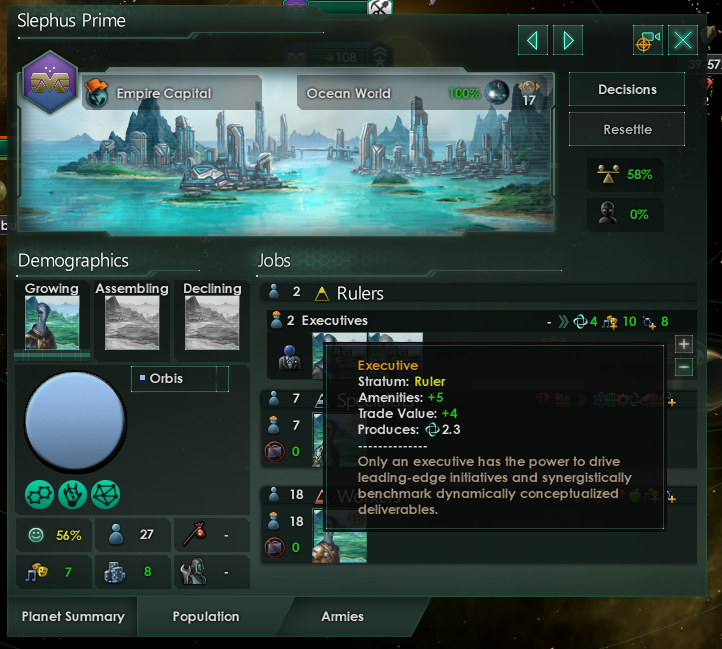
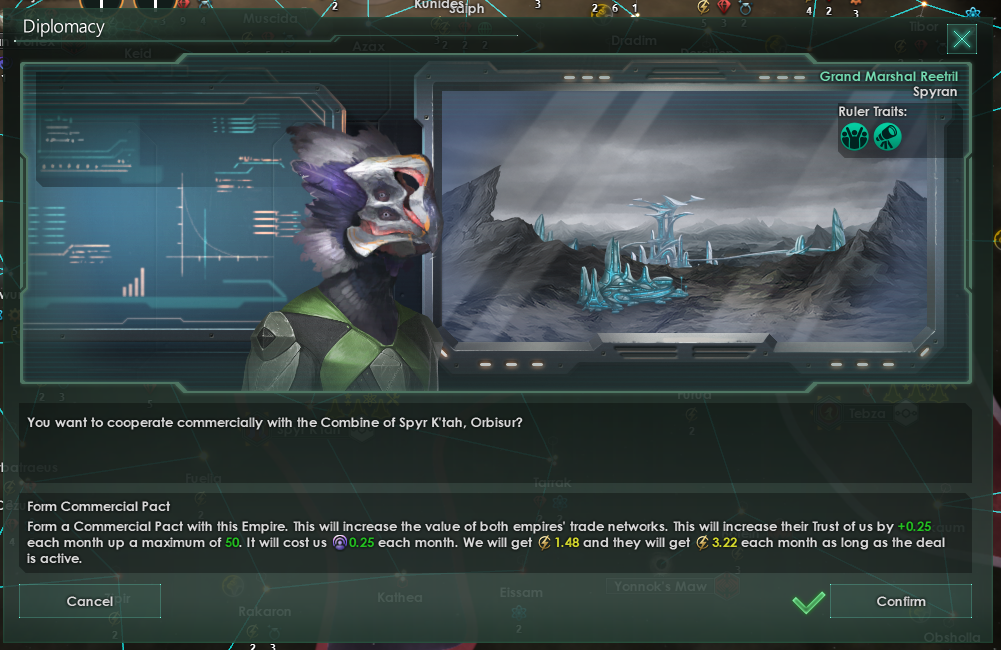
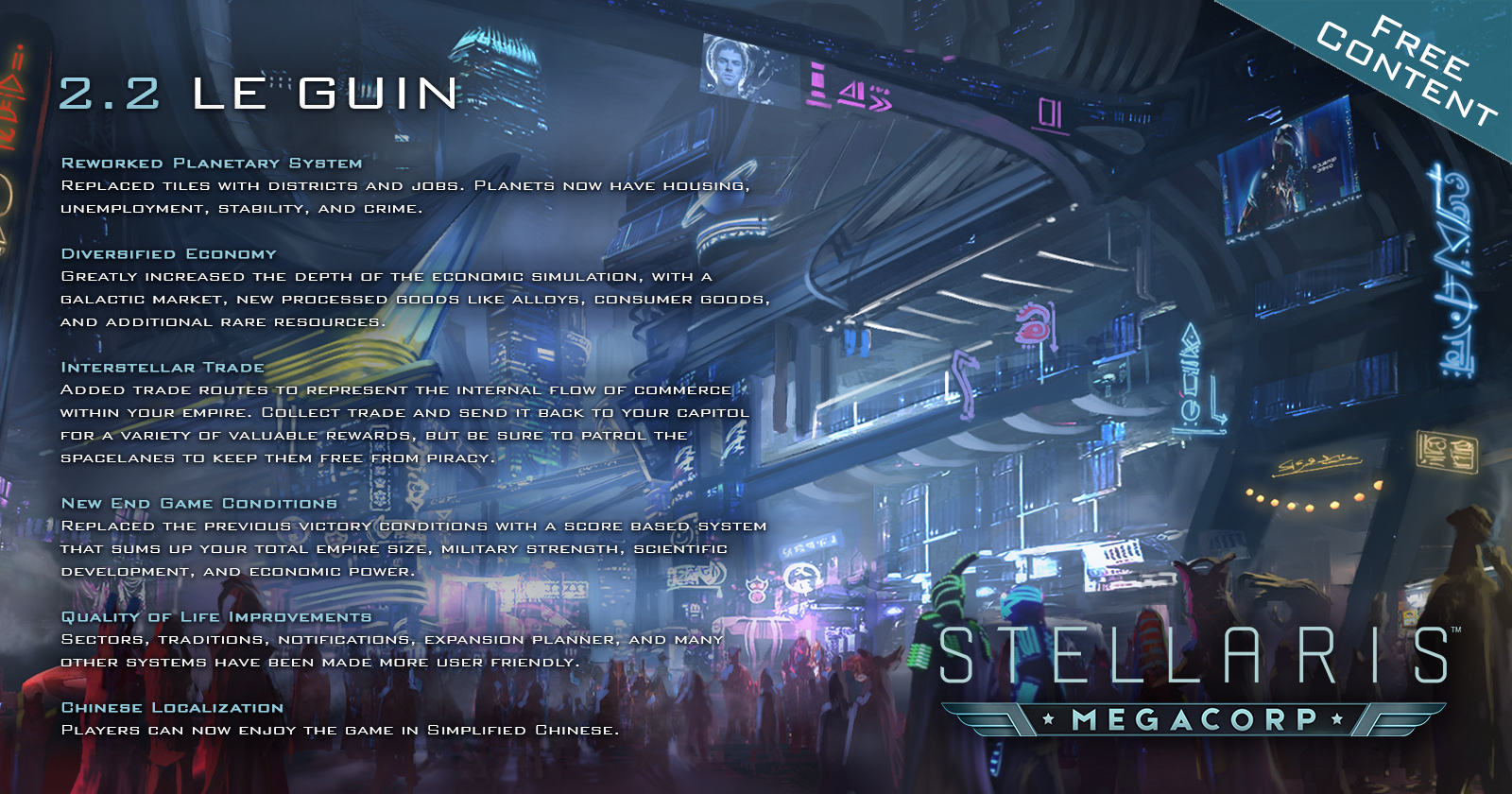
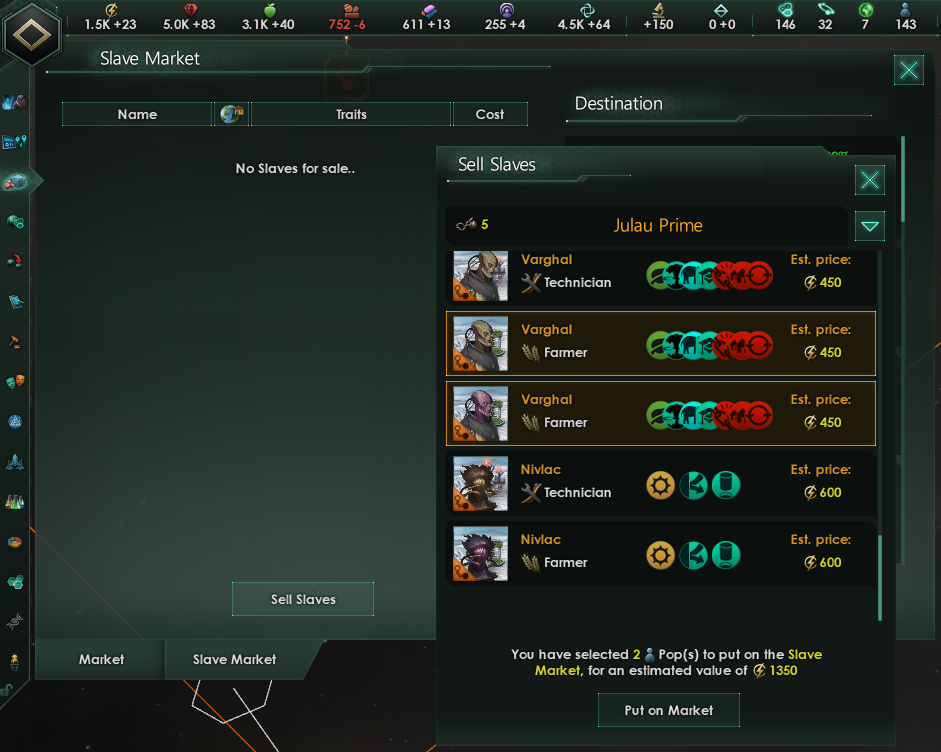
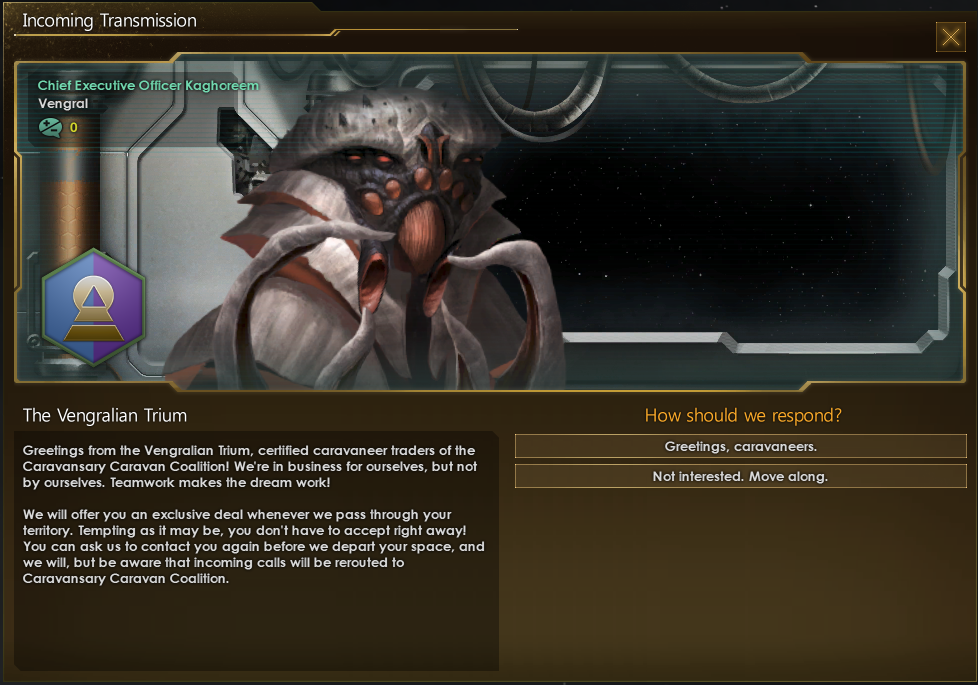








Published: Dec 6, 2018 10:14 pm